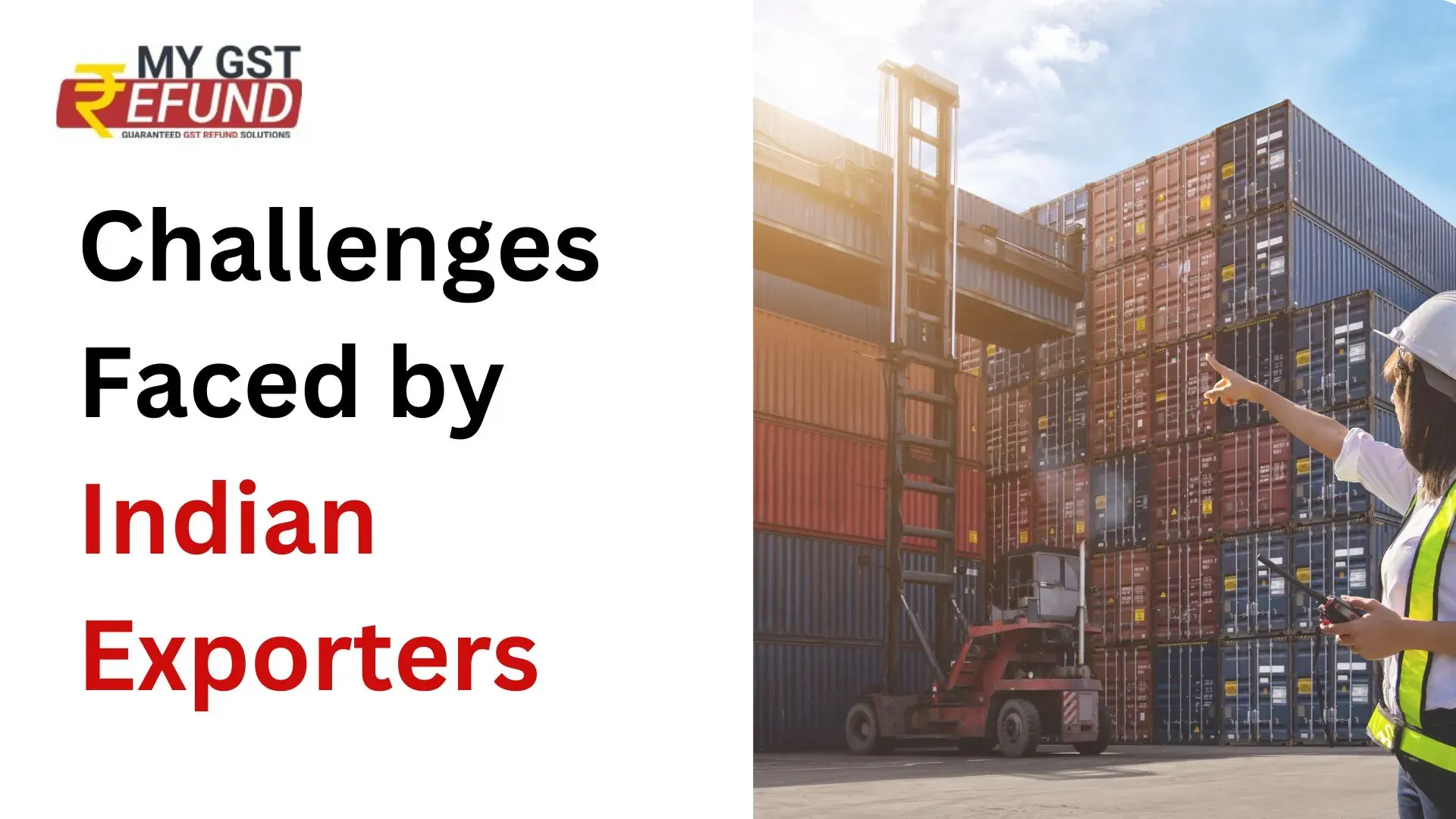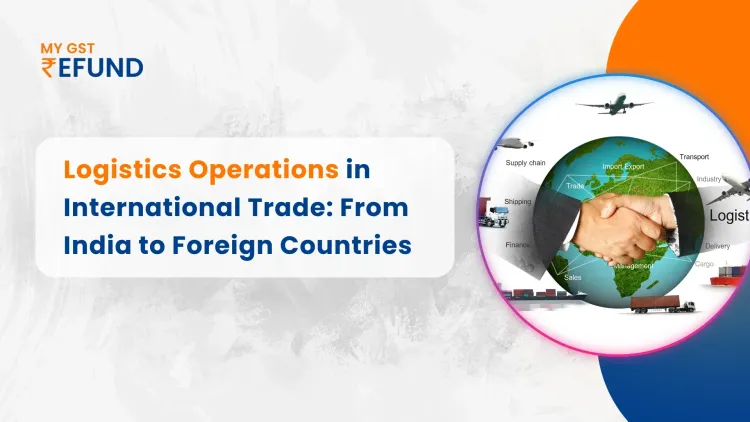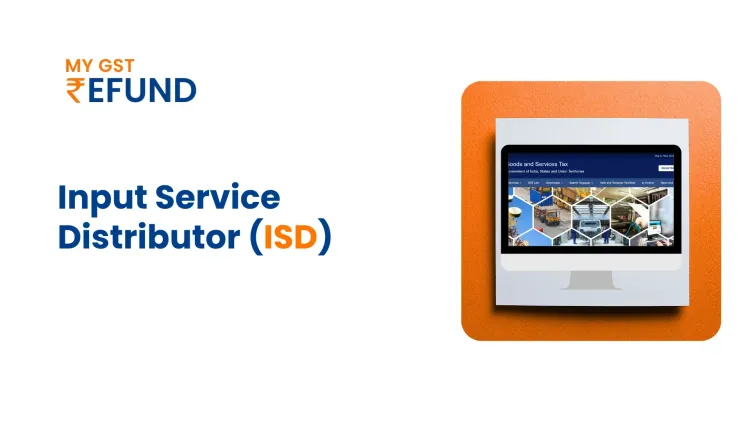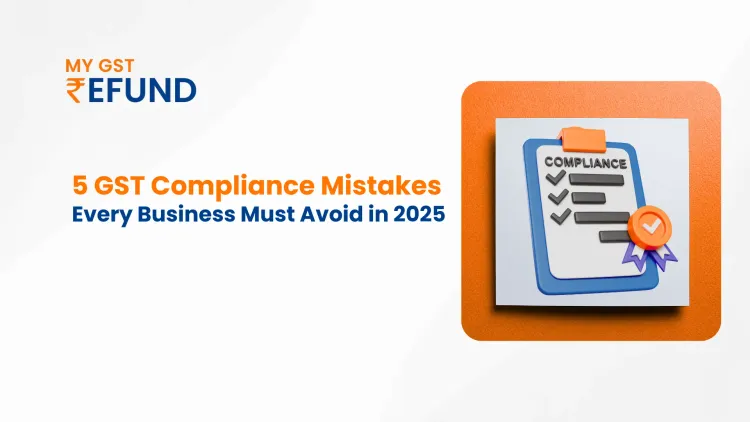Hurdles on the Highway to Exports: Challenges Faced by Indian Exporters
Published on: Thu Mar 07 2024
Bio (Reveal/Hide)

Challenges Faced by Indian Exporters
Exports play a crucial role in driving economic growth and generating employment opportunities for any nation. For India, the export sector has always been a focus area to boost manufacturing, earn foreign exchange, integrate into global value chains, and enhance international competitiveness.
However, Indian exporters often grapple with several challenges that impede their ability to expand exports and gain greater global market share. From infrastructural bottlenecks to regulatory hurdles, access to finance constraints to trade barriers - there are multifaceted issues that need to be addressed.
As per the World Bank's Logistics Performance Index 2018, India ranks a lowly 44th out of 160 countries on ease of trading across borders, highlighting the ground realities.
Infrastructural Deficiencies
One of the biggest roadblocks faced by Indian exporters is the lack of world-class infrastructure and logistical support across various modes of transportation.
Ports: Despite having a long coastline, India lacks sufficient modern deep-sea ports with advanced cargo handling capabilities. According to the Shipping Ministry, only around 15% of India's total merchandise trade volumes get handled at private ports.
Hinterland Connectivity: Lack of efficient rail/road connectivity between ports and inland production/consumption centers escalates transportation costs and delays for exporters.
Container Shortages: India faces a perennial shortage of shipping containers adding further delays and logistics costs. Estimates suggest a shortage of over 500,000 containers annually.
Warehousing: The absence of integrated world-class warehouses and logistic hubs near ports creates inefficiencies in the supply chain for exporters.
The government has been working to address these gaps through ambitious programs like Sagarmala and Dedicated Freight Corridors. However, more rapid progress is required.
Regulatory & Procedural Complexities
Indian exporters have to navigate a labyrinth of regulatory compliances and paperwork across multiple agencies which increases transaction costs.
Excessive Documentation: An exporter has to prepare as many as 25-30 different documents, fill out numerous forms, and obtain various certifications which makes the process cumbersome.
Multiple Inspections: Export consignments are subjected to repeat inspections and clearances by different regulatory bodies like FSSAI, APEDA, and Customs causing unnecessary delays.
Complex Tax Structure: Despite GST, there are still complexities around refunds, inverted duty structure, and compliance burden which affects exporters' competitiveness.
The government has simplified procedures under initiatives like Ease of Doing Business and Single Window System. However, more reforms are needed for paperless, seamless regulatory processes benefiting exporters.
Access to Financing
Lack of timely, affordable credit poses a serious challenge for many Indian exporters, especially the MSME segment which accounts for around 40% of exports.
High Credit Costs: Average lending rates in India of 9-12% are higher than global peers which affects exporters' profit margins and pricing power.
Collateral Requirements: Most banks insist on high collaterals which MSMEs often struggle to provide, limiting their export financing access.
Limited Options: Apart from banks, there are limited alternate financing sources like export credit agencies or trade finance products available to Indian exporters.
To mitigate credit constraints, the government has launched schemes like Interest Equalization and improving export credit systems. However, more focused export financing solutions are still required.
Trade Barriers & Global Competition
Indian exporters face intense competition not just in global markets but within the domestic market too from cheaper imports flooding in.
High Logistics Costs: Indian exporters grapple with much higher logistics costs of 14-16% compared to just 8-10% for global peers due to infrastructural gaps.
Trade Barriers: Indian goods face tariff and non-tariff barriers in several markets which offset competitiveness. As per a private study, Indian exporters face an average 9.5% tariff in global markets.
Global Risks: Factors like rising protectionism, geopolitical tensions or events like the Covid pandemic pose risks and supply chain disruptions for exporters.
While free trade agreements and diplomatic efforts aim to lower barriers, more strategic trade promotion, market intelligence and diversification efforts are required to insulate exporters.
Other Key Challenges
Apart from the above issues, some other significant pain points limit Indian exporters' potential:
Technology & Automation Lag: Indian exporters are behind the curve in adopting modern technologies, process automation, digital platforms, etc. hampering productivity.
Skilled Labor Shortages: The availability of skilled labor and training resources remains a bottleneck affecting exporters' capabilities across various sectors.
Research & Innovation Gap: Most Indian exporters are still confined to traditional product categories with a limited focus on product development, design capabilities, or branding.
Quality & Compliance Issues: Meeting stringent international quality, safety, and compliance standards continues to be a struggle for many Indian exporters.
Dedicated initiatives like Skill India, Startup India, and sector-specific export promotion schemes aim to bridge these gaps gradually. However, more synergistic efforts are required from industry and policymakers.
Given the significance of exports to India's economic aspirations, the government has been taking cognizance of the challenges exporters face. Some key measures include:
Revamped Logistics Policy aimed at comprehensive logistics reforms
Production Linked Incentive scheme to boost manufacturing competitiveness
Renewed focus on negotiating balanced Free Trade Agreements
Setting up of Districts as Export Hubs and Export Promotion Industrial Parks
Paperless regulatory compliance and digitization drives
Enhanced export finance and insurance support
As per the Economic Survey 2022-23, Indian exporters have shown resilience and ability to withstand global headwinds through diversification of export products and markets. Strategic interventions addressing infrastructural, procedural, and liquidity challenges can unleash the true potential of Indian exporters on the global stage.
If you are an exporter and facing any challenges in Getting GST Refund, get in touch with our team of experts.
Related Posts






